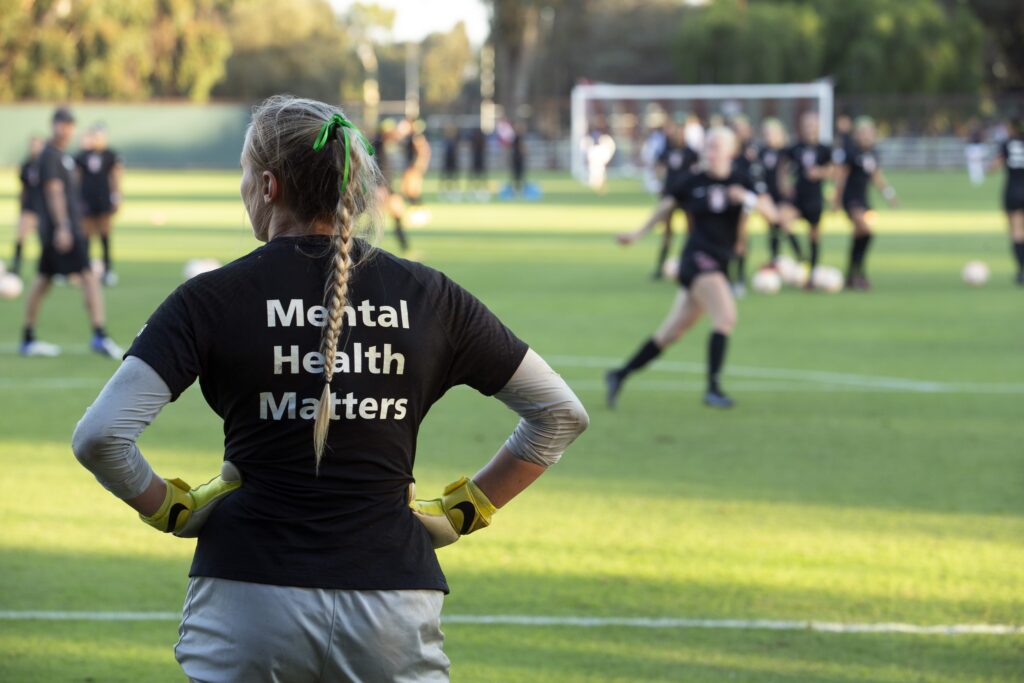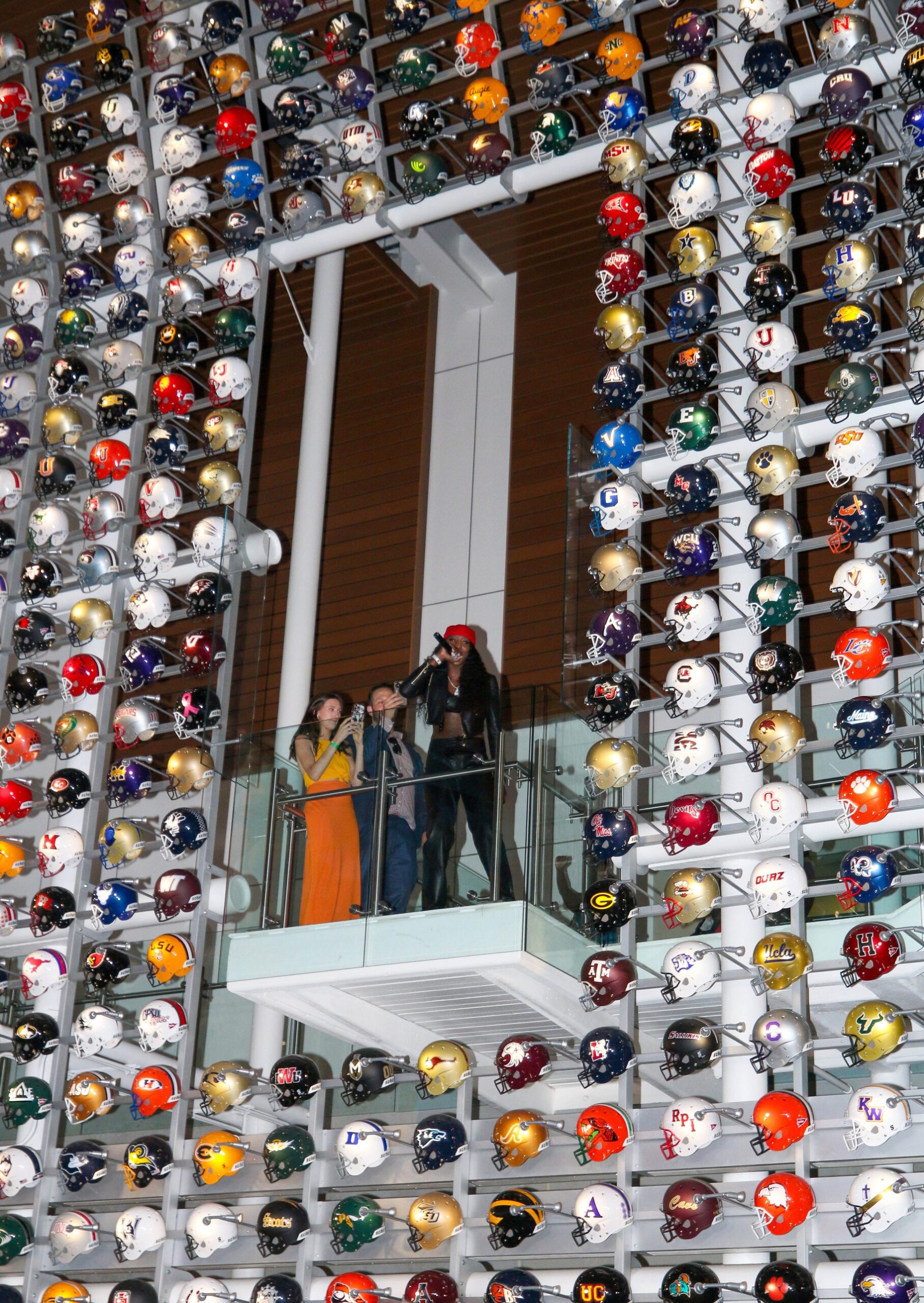In the digital age, social media has become an indispensable tool for athletes to build their personal brands, connect with fans, and shape their public image. This article explores the profound impact of social media and athlete branding, examining both the opportunities and challenges that come with this digital revolution in sports marketing. Let’s dive into the transformative world of social media and its influence on the way athletes’ market themselves in today’s hyper-connected landscape.
The Rise of Athlete-Driven Content
Social media platforms have empowered athletes to become their own content creators and distributors. This shift has fundamentally changed the way athletes interact with their audience and present themselves to the world. Platforms like Instagram, Twitter, and TikTok allow athletes to share behind-the-scenes glimpses of their lives, training routines, and personal interests, creating a more intimate connection with fans.
According to Greenfly’s report on “Social Media in Sports: Driving Fan Engagement,” social media has become a crucial tool for athletes to build and maintain relationships with their fans. This direct line of communication enables athletes to bypass traditional media channels and control their own narratives. Athletes can now share their personal stories, highlight their achievements, and engage with fans in real-time, creating a more authentic and relatable public image.
Monetization and Sponsorship Opportunities
The rise of social media has created unprecedented opportunities for athletes to monetize their personal brands. According to “The State of Influencer Marketing 2022: Benchmark Report” by Influencer Marketing Hub, the influencer marketing industry was expected to grow to approximately $16.4 billion in 2022. This growth has significantly impacted the sports sector, with athletes emerging as some of the most influential figures in the digital space (Influencer Marketing Hub, 2022).
The report highlights those micro-influencers, those with 10,000 to 100,000 followers, often have higher engagement rates than mega-influencers. This trend has opened doors for athletes across various sports and skill levels to leverage their social media presence for brand partnerships. For instance, niche sport athletes or those competing at collegiate levels can now attract sponsorships based on their engaged and targeted follower base, rather than solely relying on traditional metrics like TV appearances or competition results.
Moreover, the study found that Instagram remains the most popular platform for influencer marketing, with 79% of brands primarily using it for their campaigns. This aligns well with many athletes’ preferences, as Instagram’s visual nature allows them to showcase their training, competitions, and lifestyle, making it an ideal platform for sports influencers.
The democratization of athlete branding through social media has also led to more diverse and authentic partnerships. Athletes can now align themselves with brands that reflect their personal values and interests, creating more genuine connections with their audience. This shift not only benefits the athletes financially but also allows them to build a more robust and sustainable personal brand beyond their active sports career.
Challenges and Pitfalls
While social media offers numerous benefits for athlete branding, it also presents significant challenges, particularly in the realm of mental health. A recent NCAA survey of 23,000 student-athletes provides insights into the complex relationship between athletes, social media, and mental well-being in the post-pandemic era.
According to the survey, mental health concerns among student-athletes have generally lessened since the height of the COVID-19 pandemic. However, the study revealed that about 9% of men and 17% of women still report feeling overwhelming anxiety, while approximately 6% of men and 10% of women experience feelings of depression that make it difficult to function (Associated Press, 2023).
The survey also highlighted the impact of social media on athletes’ mental health. Many student-athletes reported that social media negatively affected their sleep patterns, with 37% of men and 39% of women saying they stayed up late using social media platforms. This can potentially impact their athletic performance and overall well-being.
Moreover, the immediacy and public nature of social media can lead to additional stressors for athletes. The pressure to maintain a curated online presence while balancing academic and athletic responsibilities can be overwhelming. Athletes must navigate a fine line between authenticity and professionalism, often requiring support from mental health professionals and public relations teams to manage their online presence effectively.
The NCAA’s findings underscore the need for comprehensive support systems for athletes in the digital age. While social media remains a powerful tool for personal branding, it’s crucial for athletes and their support teams to be aware of its potential impact on mental health and to develop strategies to use these platforms in a balanced and healthy manner.
The Role of Media in Addressing Mental Health Issues
As social media continues to blur the lines between athletes’ public and private lives, the sports media industry faces a growing responsibility to address mental health concerns. According to an article on KnupSports.com, traditional media outlets are increasingly recognizing their role in promoting mental health awareness in sports (KnupSports, 2023).
The article suggests that media can play a crucial role in destigmatizing mental health issues by:
- Educating the public about the pressures faced by professional athletes
- Providing balanced coverage of athletes’ mental health struggles
- Offering platforms for athletes to share their experiences

By fostering a more understanding and supportive environment, media outlets can help mitigate some of the negative impacts of social media on athlete well-being while still acknowledging its importance in modern branding strategies.
The Future of Athlete Branding in the Digital Era
As technology continues to evolve, the landscape of athlete branding is likely to undergo further transformations. Emerging platforms and technologies, such as virtual reality and blockchain-based fan tokens, are already beginning to reshape how athletes engage with their audience and monetize their personal brands.
A report by Deloitte predicts that by 2025, augmented reality (AR) and virtual reality (VR) technologies will play a significant role in sports fan engagement, offering new opportunities for athletes to create immersive branded experiences (Deloitte, 2022). Additionally, the rise of Web3 technologies is enabling athletes to create and sell digital collectibles, further expanding their revenue streams and brand reach.
As these technologies mature, athletes and their management teams will need to adapt their branding strategies to leverage these new platforms effectively. The most successful athlete brands of the future will likely be those that can seamlessly integrate their online and offline personas while maintaining authenticity and engaging with fans in innovative ways.
In conclusion, social media has revolutionized athlete branding, offering unprecedented opportunities for personal brand building, fan engagement, and monetization. However, it also presents challenges that require careful navigation and support. As the digital landscape continues to evolve, athletes who can effectively harness the power of social media while managing its pitfalls will be best positioned to build enduring and impactful personal brands in the modern sports era.









